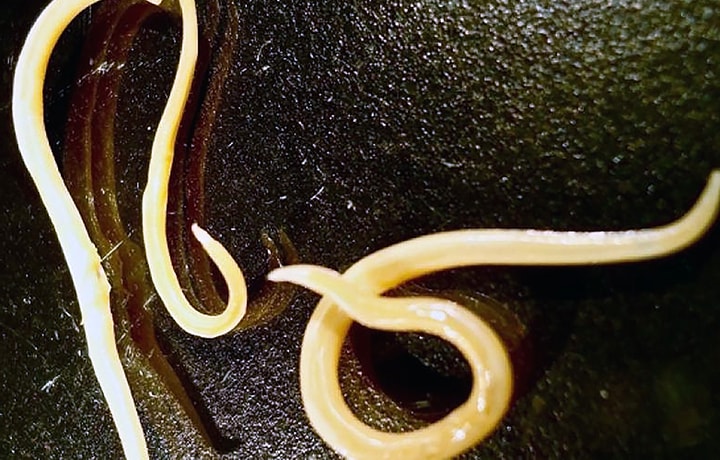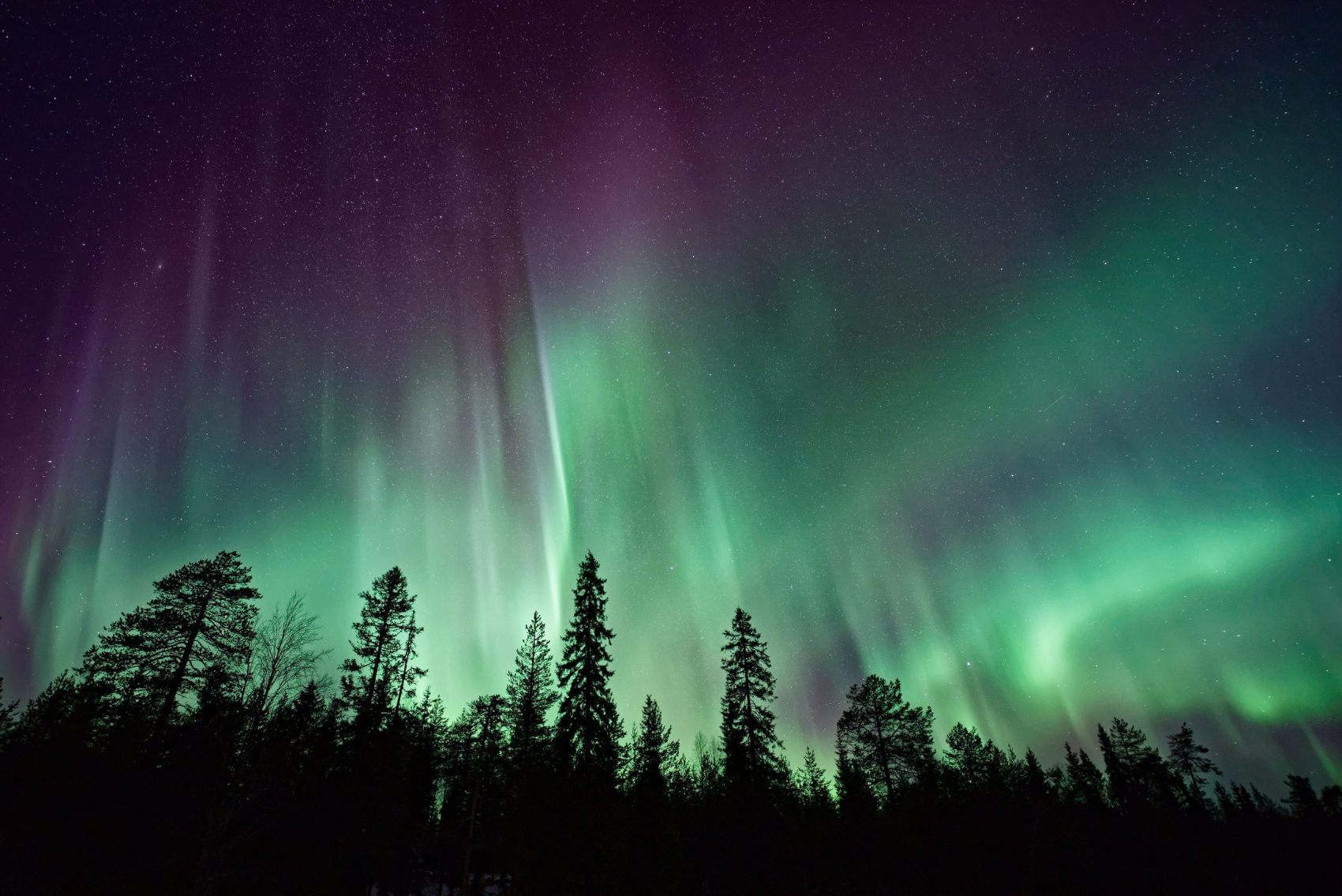
Worms frozen in permafrost for 42,000-years have sprung back to life, scientists say. Experts managed to revive the two roundworms after thawing the ice that had imprisoned them since the era of woolly mammoths.
Currently the nematodes, both believed to be female, are the oldest living animals on the planet.
The nematodes were coaxed back to life in a Petri dishes in a laboratory at the Institute of Physico-Chemical and Biological Problems of Soil Science, near Moscow. A team of Russian researchers worked with geoscientists from Princeton University, New Jersey, USA to analyse more than 300 frozen worms to find suitable candidates. According to researchers, only two ‘were shown to contain viable nematodes’. One of these was found in permafrost near the Alazeya River back in 2015, and believed to be around 41,700 years old.

The other was taken in 2002 from an prehistoric squirrel burrow in Duvanny Yar outcrop in the lower reaches of the Kolyma River, and is around 32,000 years old. This location is close to the site of Pleistocene Park, an experimental project seeking to recreate the Arctic habitat of the extinct woolly mammoth. Both sites are in Yakutia, which is renown for being the coldest region of Russia.
‘After being defrosted, the nematodes showed signs of life – they started moving and eating,’ said another report on the findings cited by The Siberian Times.

The experiment could provide a breakthrough in the fields of astrobiology and cryonics, since it demonstrates the ‘ability of multi-cellular organisms to survive long-term’, the researchers claimed. Cryonics, which bridges the gap between science-fiction and reality, is a field that hopes to suspend people in time by freezing their bodies for years. The end goal is to keep people on ice for centuries at the time, long enough to allow for long-term interplanetary exploration.
‘It is obvious that this ability suggests that the Pleistocene nematodes have some adaptive mechanisms that may be of scientific and practical importance for the related fields of science, such as cryomedicine, cryobiology, and astrobiology,’ the researchers wrote in the report, published in journal Doklady Biological Sciences.





